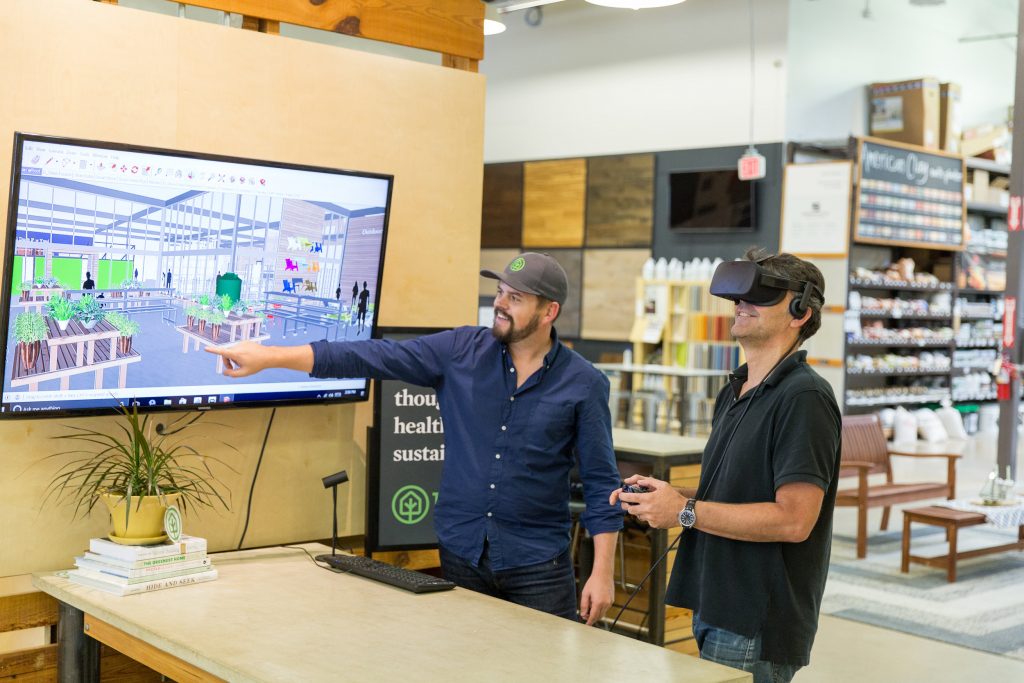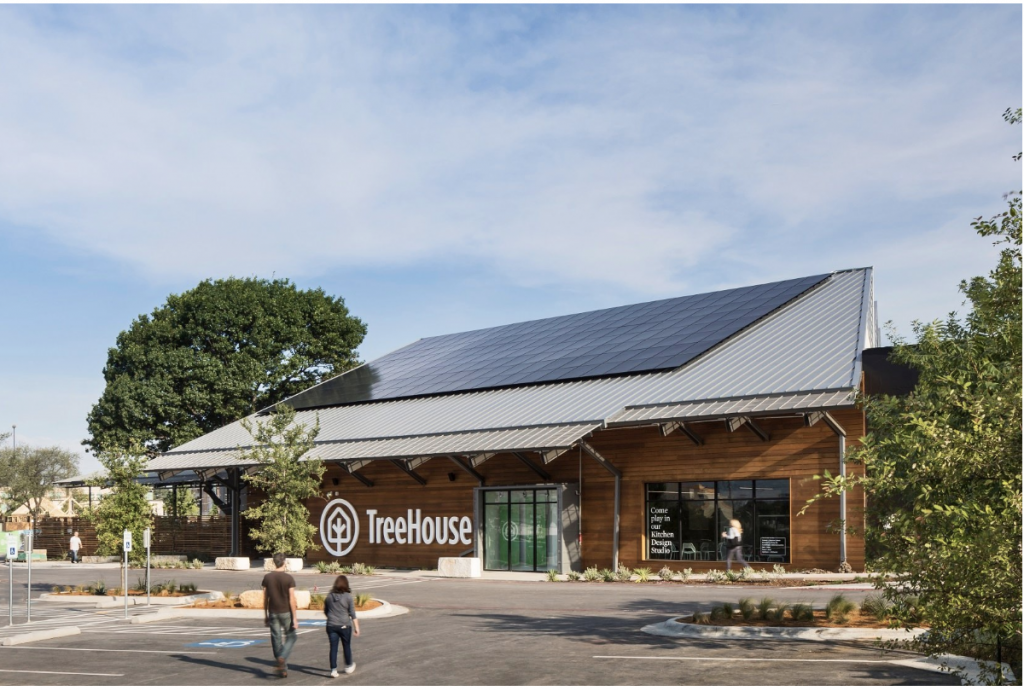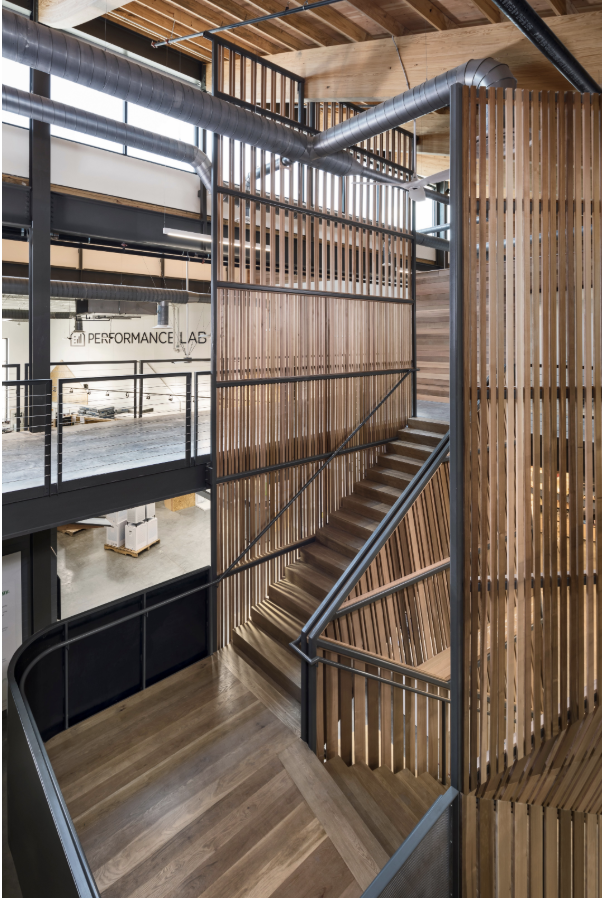I believe that VR is not a new concept to most of us and some of us have even tried VR technology before. However, when we talk about VR, we usually associate it with leisure use, something that could entertain us, like video games. Do you know VR also plays a vital role in architecture prototyping and development?
I came across this interesting article about how VR helped retailer Treehouse prevent brick and mortar store design errors, cut costs, eliminate wastes, and gain customer insights. Conventionally, retailers’ brick and mortar stores are developed through physical prototyping; however, when the prototypes don’t go well as planned (which apparently happens all the time), the materials used often go to waste or recycled in some cases. Not only is this way not cost effective but also not sustainable from a natural resource perspective.
TreeHouse is a retailer that’s similar to Home Depot except it offers “healthy and sustainable” alternatives to the home-upgrade products. Even though the founder and the executives were trying hard to run their business green, they still encountered the problem of building brick and mortar prototype store, which had gone to waste because of architectural errors, and they felt like “we’re doing something wrong that’s against the soul of the business.”

Finally, they found a great way to solve this problem. TreeHouse bought a private beta platform from IrisVR, which allowed it to insert its architectural prototype into VR directly and virtually walk through the new store before it gets developed. By using VR, the company eliminated a design error, where the original plan was using dense steel and wood structure to build the mezzanine level of a staircase in order to mimic the interior of a tree, but instead, they used wooden slats because they realized the old plan was going to block windows and natural sunlight. TreeHouse said the VR trick approximately saved $70,000 or $80,000 in total building a simpler structure as well as removing the flawed design that could have happened.

It is an excellent example of how technology impacts businesses, help companies improve their current operations, cut costs, and most importantly protect the environment by taking less. Building on this point, I think VR also plays a critical role in reducing travel frequencies thereby reducing air pollutant and carbon footprints. I am confident that there are many other ways a business could potentially leverage VR and I can’t wait to see more cases like TreeHouse.
Source:
https://www.entrepreneur.com/article/299288
MichelleTakenaka
March 19, 2019 — 9:00 am
This sounds like an incredible invention that combines the aspects of environmental impact and economic impact to sustainability, thank you for sharing! It’s interesting though how this technology is trying to make the building of brick and mortar stores more efficient because I thought we were slowly shifting towards online sales. That got me thinking – can we bring back an old business model by making it more efficient instead of creating a whole new one? I suppose new business models are renditions of old business models but imagine stores and malls being popular again?
EmirSalim
April 3, 2019 — 9:08 pm
VR has been around for some time yet it feels like it just entered the market every time I see an article about it. The possibilities with this technology is almost endless and it makes me happy when even one of them is in alignment with the pursuit of sustainability. Hopefully your predictions come true. Thanks for sharing, Chloe!